by Frank Barret
Circa 1960 in Hanover, New Hampshire—a lovely small town nestled in the upper Connecticut River Valley and the home of Dartmouth College—there was never a shortage of interesting European sports cars, either in residence or passing through. My older middle brother, an avid reader of Road & Track, would keep an eye out for such sightings and inform me accordingly. Most observed were the more common British variety: MGs, Austin-Healeys, Triumphs, and every once in a while, even a Morgan. On occasion, especially during June commencement weekend, some more exotic machinery could be seen. And never to be forgotten was the first sighting on a brand new Jaguar E-Type roadster during a fall football weekend in 1961. It was silver with a black top and red leather interior—breathtaking then to an eight-year-old boy, and just as much so 60-plus years later.
In the spring of 1970, as I was completing my sophomore year in high school, I became aware of a 1961 MGA 1600 that a Dartmouth student had for sale. It was black, and in very nice condition except for the fact that it had swallowed a valve in the number two cylinder; and the motor was out of the car needing to be repaired. The owner, Craig Wyeth, was said to be related to the family of artists. The car was stored at his grandparents’ house in central New Hampshire about 50-miles away. The price was $300 firm.
Against all odds, I convinced my father to withdraw the necessary funds from my savings account. He was vehemently opposed to me buying the car, but I had sold my reluctant mother on the idea. On June 19, the car was mine. Then it became a bit like the story of the dog that finally catches the car. My driver’s license had been revoked by the State of New Hampshire for a speeding infraction, so I convinced a girlfriend, who’s family had a big V-8 powered Chevrolet Greenbriar station wagon, to help me get the car home. With a rented stiff hitch from U-Haul, and several other female friends, we drove 50 or so miles and fetched the car, including the partially disassembled motor, loose radiator, and several boxes of parts that we threw in the back of the big Chevy. The mission was uneventful, and the car and parts were successfully deposited on the side lawn of our suburban Hanover home. Now what do I do? The cylinder head was junk because of the swallowed valve, and although an antique and classic car enthusiast since about age seven, I had never done anything mechanically “hands on” with an automobile.
A good used cylinder head was purchased from J.C. Whitney in Chicago for $55 (I still have the catalog), and a small, somewhat local MG dealer sold me a valve grind gasket set and a new piston with rings. Thankfully the number two cylinder bore and top of the connecting rod had not been damaged. Finally, on a Saturday afternoon in late July, the motor was ready to go back in the car. A friend, about seven years older than me who was a shop mechanic at a local garage, arrived with a portable engine hoist in the back of his old Jeep station wagon. With parts spread out on the lawn, as neighbors and my parents watched, and with the added help of a boyhood friend who would soon have his own Triumph Spitfire, we successfully got the motor back in the car. Several weeks after that, following the purchase of a new battery, the restoration of my driver’s license, and a tune-up at a local garage, the car was back on the road. My mother bought me my first tank of gas; and even my father, an architect but a non-car type of person, had to admit that the MGA was a nice looking car after I had shined it all up. I had taken the wheel covers off so that the car at first glance looked like a Twin Cam with the solid disc Dunlop wheels. Needless to say, that fall, the first day of my senior year in high school, I was very proud indeed when I wheeled the car into the student parking area. At my side, a blue-eyed English girlfriend with blond hair completed the picture indeed! Now that I was an expert on all things MG, that winter I helped my closest boyhood friend freshen up a 1953 MGTD that he had just acquired in downstate New York. That is when I first became familiar with Moss Motors.
The following summer the MGA was sold to a Dartmouth student, and a somewhat ratty, but still very strong and fast 1960 Austin-Healey 3000 took its place, also purchased from a Dartmouth student for $300. That fall the Austin-Healey was disposed of and I went off to engineering school in Boston, Massachusetts. Since then, a string of Healeys, Triumphs, and MGs followed, but those are stories for another time. In my files I still have a copy of Moss Motors’ splendid 1978 25-page illustrated MGA catalog, from when I had my second MGA, a 1962 Mark II. On the inside front cover is an architectural rendering of their new showroom, general offices, and warehouse in Goleta, California. At the time, being a budding young modernist architect, the building certainly caught my attention. And by then, with support from Moss Motors, the MGA was assuming its rightful place within the hierarchy of MGs worldwide.
In 1990 my last MG was sold, a perfectly lovely 1948 TC, and since then my automotive attentions have centered around collecting and restoring very early American brass era antique cars and the like. However, from time to time I still think about acquiring, say, an early Austin-Healey 3000, or even another MGA. (I don’t know if I can any longer get in and out of a T-series MG.) And as to Liz, the English girlfriend, I must admit that, from time to time, I also wonder where she is now.




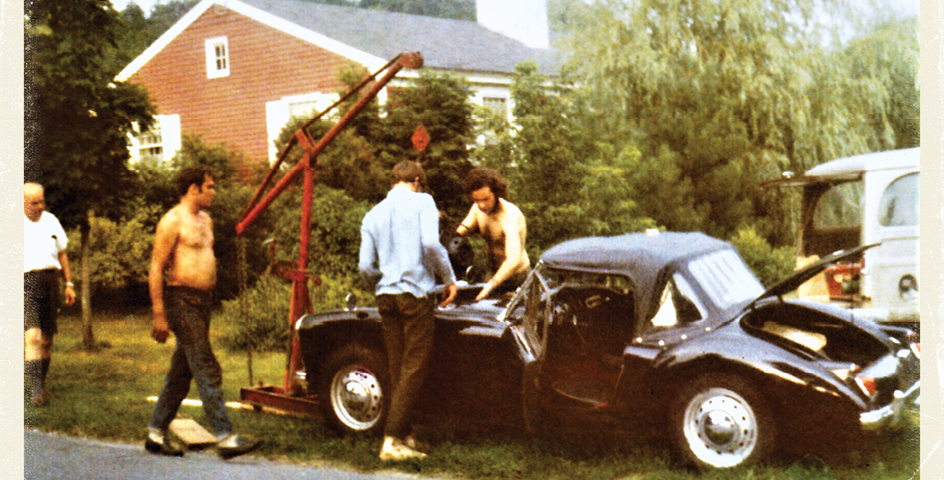
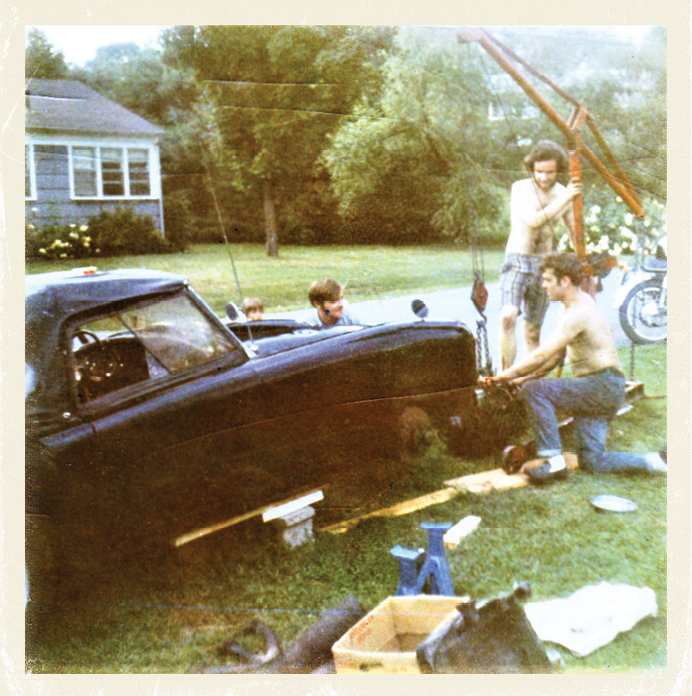
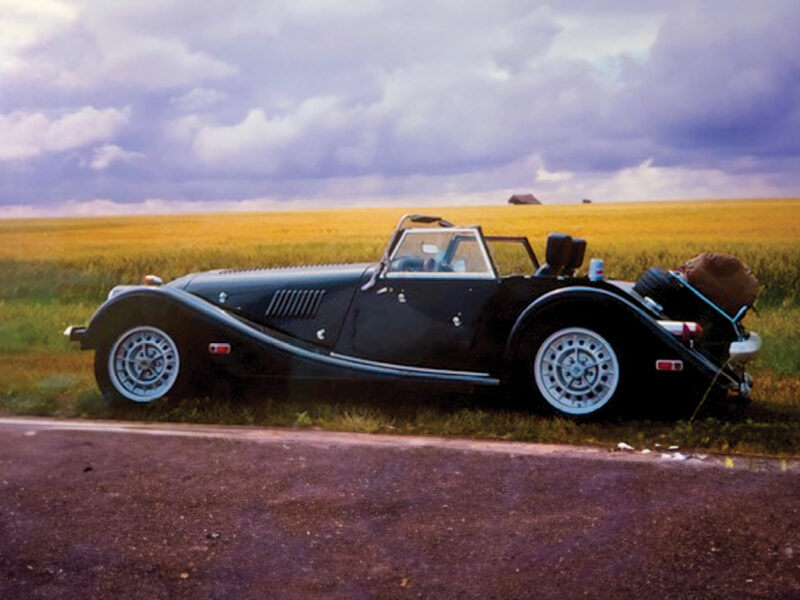
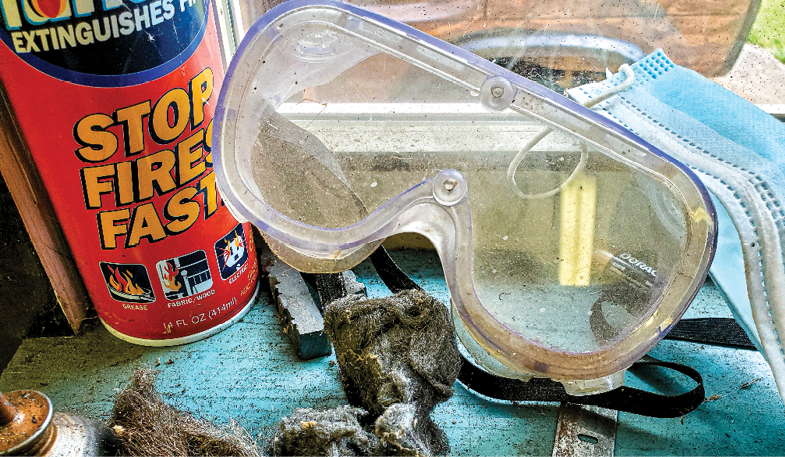
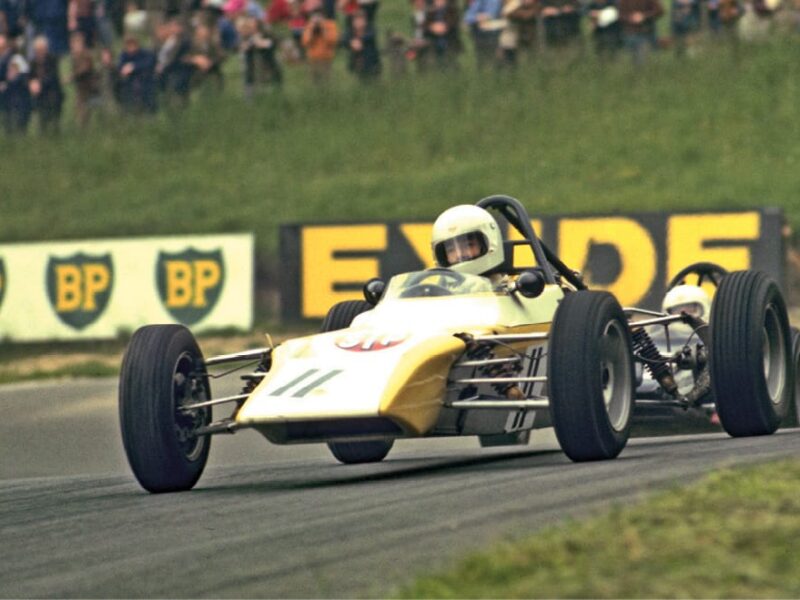
'Coming of Age' has no comments
Be the first to comment this post!